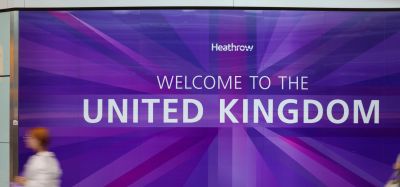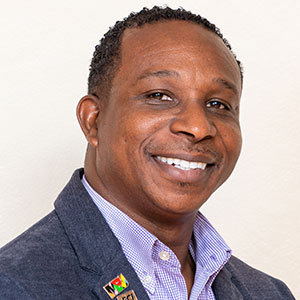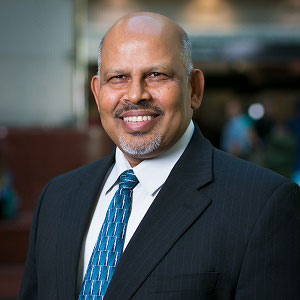Crisis communications at Incheon Airport: lessons learned from a PR Manager
Posted: 23 July 2025 | Jung Min Lee | No comments yet
Jung Min Lee, Deputy Manager of Incheon International Airport’s PR team during COVID-19, reflects on the imperatives of clear, accurate and timely communications at the time when the world stopped flying.
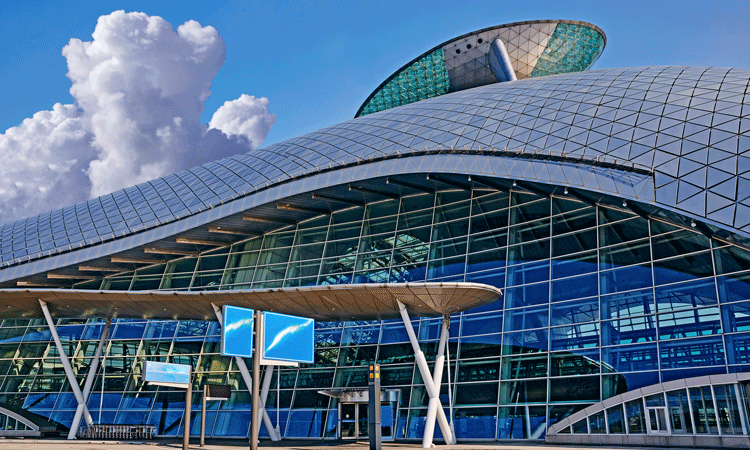

When passenger numbers at Incheon International Airport collapsed by 84% in March 2020, information moved faster than aircraft. As the PR team’s Deputy Manager, I worked with our five‑person PR unit in transforming our routine communications desk into a round‑the‑clock crisis hub, offering lessons any airport can adapt for the next disruption.
The scale of an unprecedented crisis
The scale and complexity of challenges facing Incheon Airport in 2020 were unprecedented. Government travel policies changed almost daily – visa waivers suspended one day, ‘travel bubbles’ discussed the next, demanding constant PR updates. Borders closed abruptly, stranding passengers and triggering emergency repatriation flights, including evacuations from Wuhan. Each mission required careful public communication and co-ordination with health authorities.
Public anxiety and intense media coverage turned every COVID case or policy shift into headline news. As Korea’s main gateway, Incheon became a focal point in the national pandemic response. Questions surged about airport closures, screening protocols and travel safety. Delivering accurate, timely information was critical to counter misinformation and reassure the public. Even as passenger volumes evaporated, essential-purpose travel kept flowing and, crucially, cargo tonnage surged, making it clear that Incheon was indispensable national infrastructure – an active lifeline rather than a passive victim of the crisis.
Join us live: Shaping the Next Generation of Hold Baggage and Air Cargo Screening
Join us live for an insightful webinar on 11th December at 14:00 GMT, in collaboration with Smiths Detection, as we explore the strategic balance of operational efficiency, regulatory compliance, and sustainability in high-volume security environments.
This session offers a focused look into future-proofing your security strategy.
Key learning points
- Cost Reduction: Strategies to minimize bag travel time while simultaneously reducing operational costs.
- Regulatory Roadmap: Insights into the next wave of regulatory changes and their impact on future investment decisions.
- Sustainable Systems: Practical approaches to building sustainability into security systems and lowering the total cost of ownership (TCO).
- Scalable Solutions: Real-world examples of scalable systems supporting current airport growth and preparing for tomorrow.
Register now for expert insights, case studies, and actionable strategies on operational efficiency!
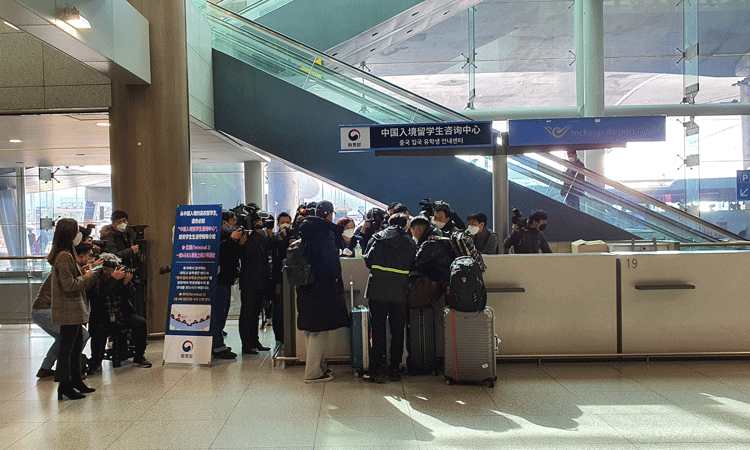

A Korean student returning from studies in China being interviewed upon arrival in Korea. c: Jung Min Lee
Simultaneously, operational crises mounted – lease disputes, labour conflicts, and a prolonged legal battle over an on-site golf course all unfolded during the pandemic. Each would have been a major challenge under normal conditions; together, they placed intense pressure on our PR team. We became the crisis command centre, navigating overlapping risks with speed, discipline and coordination.
A 24/7 crisis communications war room
To meet the demands of the rapidly evolving pandemic, we transformed our PR operation into a full-time crisis response unit. With government policies shifting across time zones, our team maintained 24/7 media monitoring and rapid response. At any hour, someone was handling press inquiries or drafting statements. I always slept with my phone beside me or stayed overnight at the office, anticipating sudden developments that required immediate communication.
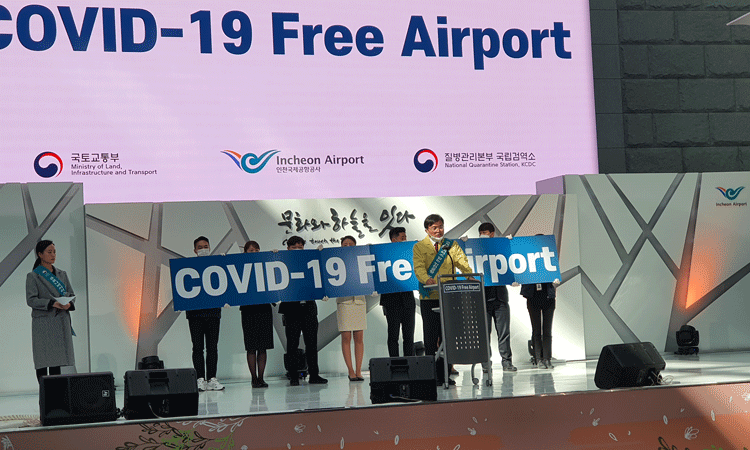

The CEO of Incheon International Airport Corporation (IIAC) declaring the airport as COVID-free. c: Jung Min Lee
One of our priorities was establishing clear, confident messaging on safety. In March 2020, we launched the “COVID-19 free airport” programme, which included a three-step temperature screening process. These protocols were communicated assertively to reassure travellers without inducing panic. Our tone emphasised readiness and professionalism, guided by public health expertise.
In Korea’s hyper-connected media environment, false claims – such as unverified outbreaks or breaches in quarantine – spread quickly.
Combating misinformation has become equally vital. In Korea’s hyper-connected media environment, false claims – such as unverified outbreaks or breaches in quarantine – spread quickly. Our team collaborated with government agencies to promptly debunk these narratives, issuing corrections and fact-based clarifications within hours. This vigilance helped maintain public trust.
Behind the scenes, we acted as a liaison between Incheon International Airport Corporation (IIAC) and government task forces. Our alignment with the KDCA and the Ministry of Land, Infrastructure and Transport ensured we were often briefed in advance of new policies. This allowed us to prepare and release co-ordinated communications in real time with national announcements.
We also ensured safe but transparent media access. Rather than excluding reporters, we organised small, health-compliant site visits to showcase new measures like disinfection robots and thermal scanners. These visuals reinforced our message that IIAC was taking decisive, visible action to ensure safety.
Internally, maintaining team morale and cohesion was crucial. We rotated shifts, held daily debriefs, and supported each other through relentless workloads. Many colleagues voluntarily cancelled leave to stay on duty, driven by a shared commitment. That unity enabled us to deliver consistent, credible information when it mattered most.
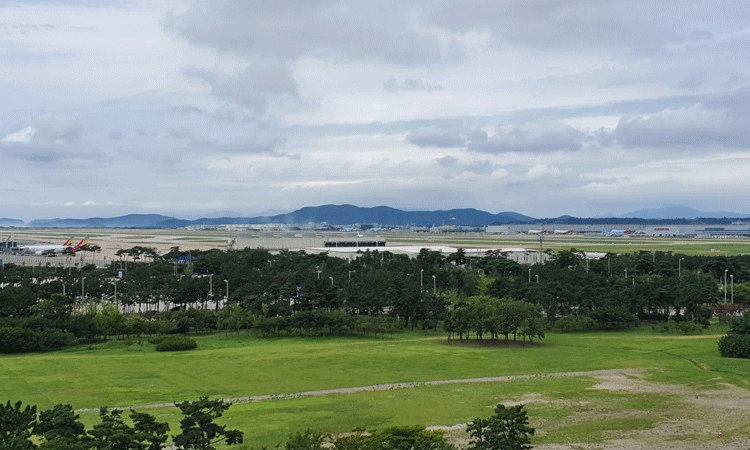

Incheon Airport virtually shut down due to the COVID-19 pandemic. c: Jung Min Lee
Building trust in crisis: IIAC’s communications strategy
The COVID-19 pandemic abruptly transformed airports from mere transit hubs into critical information centres, placing extraordinary pressure on communications teams. For IIAC, crisis communication quickly evolved from a supporting role to an operational imperative. Central to our strategy was ensuring the rapid and accurate dissemination of information and maintaining a clear and compassionate voice amid uncertainty.
To achieve a seamless information flow, our PR team established structured checkpoints with key departments – operations, customer service, legal, facilities and security.
Internally, the initial challenge was dismantling departmental silos. To achieve a seamless information flow, our PR team established structured checkpoints with key departments – operations, customer service, legal, facilities and security. Communication officers were virtually embedded within these units, enabling us to swiftly gather vital updates and respond promptly. For instance, if transit procedures changed overnight or a COVID-positive passenger triggered immediate disinfection protocols, our embedded structure allowed us to release accurate public statements within minutes. This real-time responsiveness became pivotal in maintaining public trust.
Externally, our co-ordination expanded to include a complex network of governmental and aviation-related entities. Active participation in the inter-agency Emergency Response Council, alongside ministries of health, transport, immigration, and foreign affairs, allowed us to proactively manage information flows. When sudden international border closures or diplomatic travel restrictions occurred, IIAC’s ability to quickly distribute accurate advisories mitigated potential confusion and reinforced our reliability as a trusted information source.
One of the most defining communication moments occurred with the arrival of the COVID-19 vaccines in early 2021. Co-ordinating closely with the national task force and cargo divisions, our PR team facilitated carefully staged media coverage, allowing journalists to witness this historic moment safely. Standing on the tarmac in the chilly morning air, observing the Pfizer vaccine shipment arrive, we deliberately positioned IIAC as a symbol of hope and recovery rather than crisis.


A Korean Air cargo aircraft arriving with the first shipment of COVID-19 vaccines in March 2021. c: Jung Min Lee
Throughout the pandemic, unpredictable crises frequently emerged. Flights were turned back mid-air due to abrupt border closures, creating sudden, emotionally charged scenarios. Our swift and transparent public statements, coupled with visible care for affected passengers, transformed these potential reputational threats into opportunities to demonstrate empathy and resilience.
Media scrutiny was continuous and intense. To manage this, daily virtual briefings provided steady streams of operational data, safety updates and policy changes, significantly reducing misinformation. Proactive media engagements, including previews of innovative health measures like walk-through testing facilities, solidified IIAC’s position as an industry leader during the pandemic.


Vehicles transporting the vaccines nationwide from the airport. c: Jung Min Lee
Yet challenges extended beyond health concerns. The Sky72 golf course lease controversy, involving court-ordered evictions, required carefully measured messaging. We maintained an unwavering focus on legal facts, avoiding emotional rhetoric. Ultimately, when the Supreme Court ruled in IIAC’s favour, our restraint was widely recognised and respected.
Similarly, the duty-free rent crisis highlighted how financial disputes could escalate rapidly. With commercial tenants demanding extensive rent concessions amid declining revenues, our team proactively engaged media outlets directly, clarifying IIAC’s limitations as a state-owned enterprise and our ongoing dialogue with government authorities. This transparent approach successfully reframed public perception from negative characterisations of IIAC towards a broader understanding of shared constraints.
Perhaps the most complex internal controversy arose over the government directive for direct hiring of approximately 2,000 terminal security workers. This sudden move threatened to significantly alter IIAC’s operational identity and triggered intense internal opposition, quickly spilling into national debates on fairness and justice. Our PR response involved consistent, fact-based daily briefings, systematically correcting misinformation and formally challenging media inaccuracies. Ultimately, the government paused the directive, calming public tensions.
Conclusion: reinforcing public trust and institutional resilience
Reflecting on this intense period by the end of 2022, the resumption of international travel underscored several critical insights. Foremost was the reaffirmation of public trust through consistently transparent communication. Surveys indicated strong passenger confidence in our safety measures, validating our communication strategy.
Crucially, IIAC emerged from the crisis with enhanced credibility, despite facing highly visible controversies. Calm, measured and fact-driven communication efforts across various flashpoints – ranging from labour disputes to commercial tenant conflicts – fostered public respect and reinforced institutional integrity.
The pandemic crisis, though challenging stakeholder relationships, ultimately deepened them. Difficult conversations and disputes triggered lasting improvements such as regular employee town halls and responsive feedback mechanisms, cultivating a culture of more proactive and meaningful stakeholder engagement.
Institutionally, the crisis significantly strengthened IIAC’s resilience. We developed a flexible emergency communication framework, established dedicated crisis management units, and adopted advanced digital communication tools such as virtual briefings and social media platforms.
Personally, leading communications through such an unprecedented crisis represented the most demanding experience of my professional life. The gradual return of passengers to previously empty terminals vividly illustrated how transparent, timely and empathetic communication directly influences public confidence. In moments of profound uncertainty, airports must communicate with clarity and humanity. The enduring trust established during this turbulent period now stands as one of IIAC’s most valuable and enduring assets.


Join our free webinar: Beyond silos: How ecosystem thinking elevates the airport experience
In today’s complex aviation landscape, airports are moving beyond siloed operations to embrace a new era of collaboration. This webinar focuses on how leading airports are using ecosystem thinking to adapt, personalize, and continuously improve every touchpoint, boosting both passenger satisfaction and non-aeronautical revenue.
Date: 13 Nov | Time: 10:00 GMT
REGISTER NOW TO SECURE YOUR SPOT
Can’t attend live? No worries – register to receive the recording post-event.
Related topics
Airport crisis management, COVID-19, Passenger experience and seamless travel, Passenger volumes, Safety, Workforce







